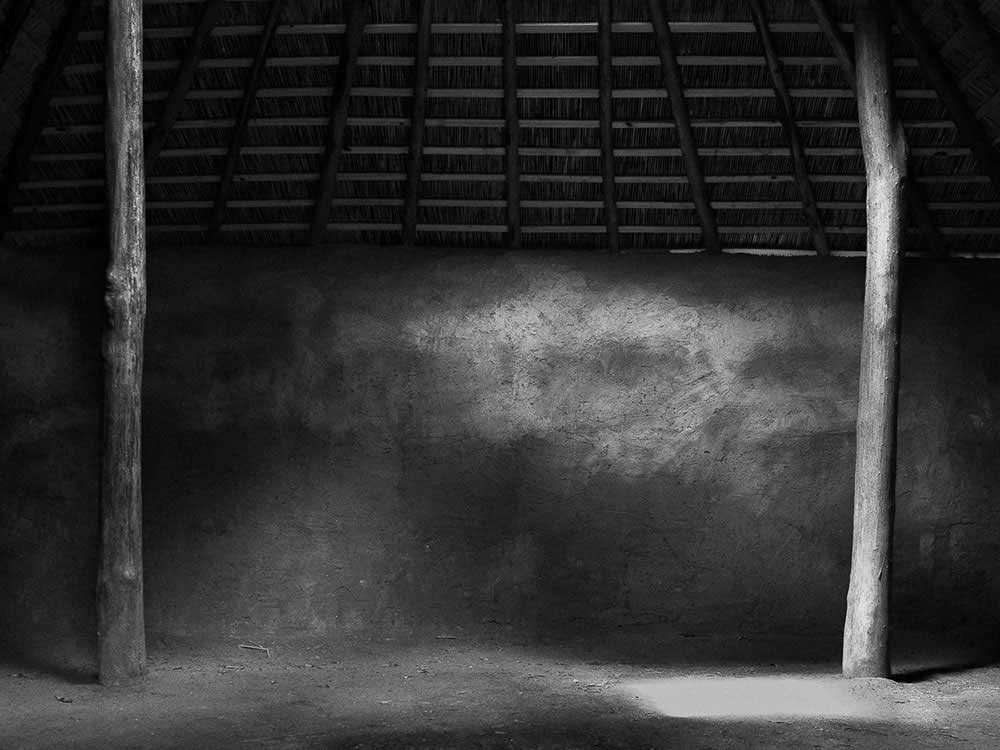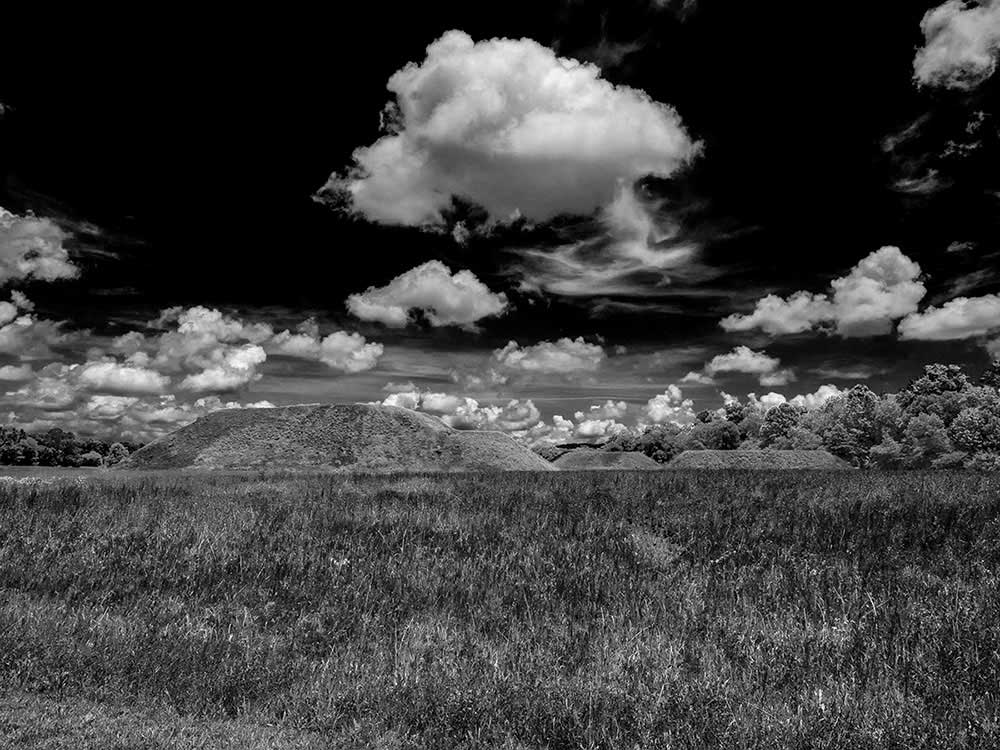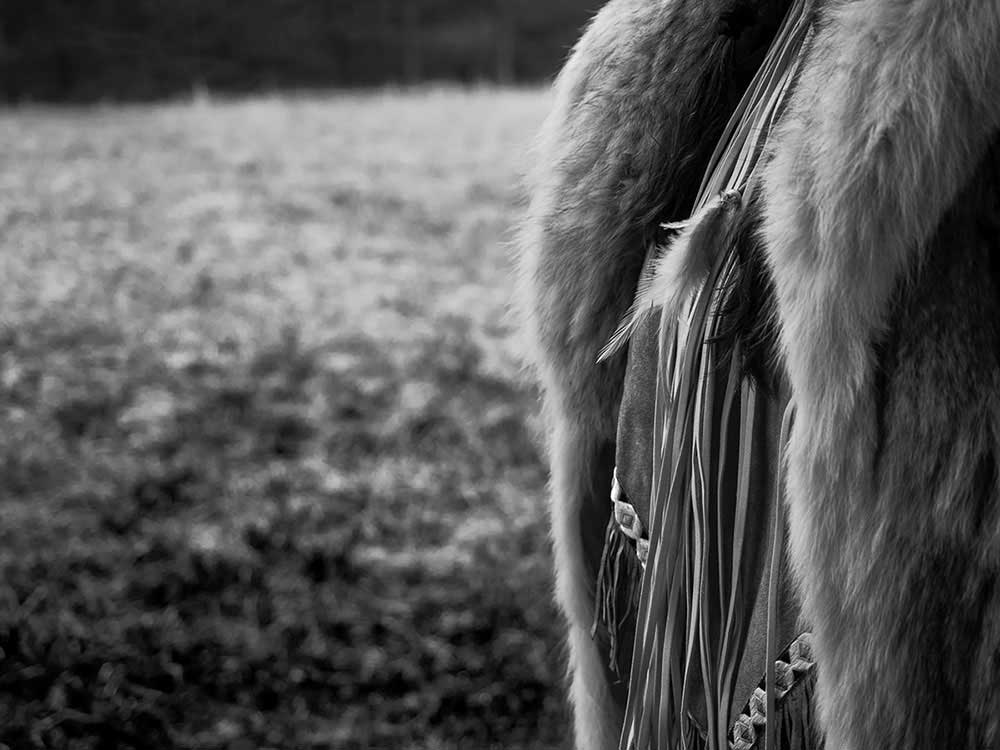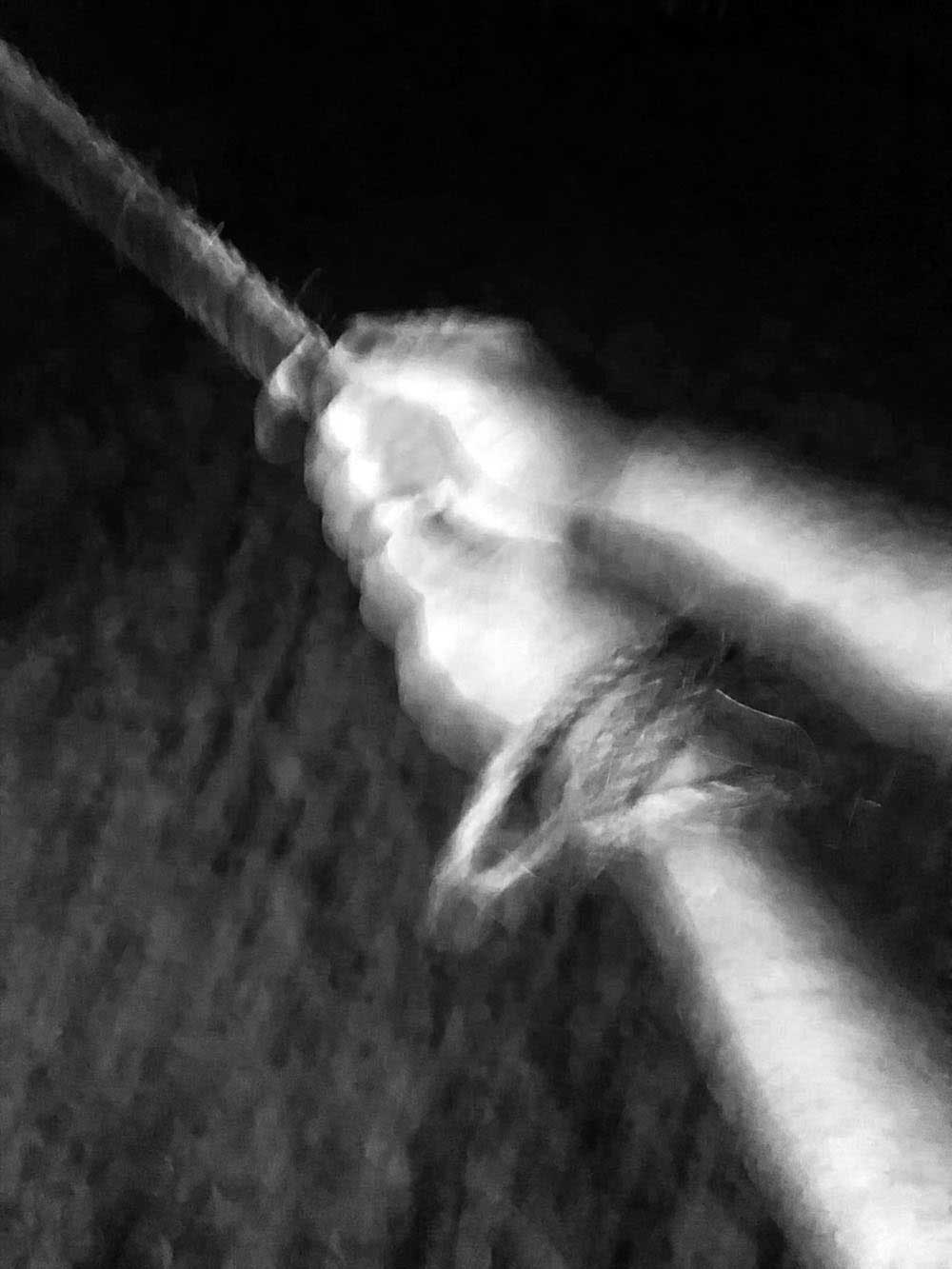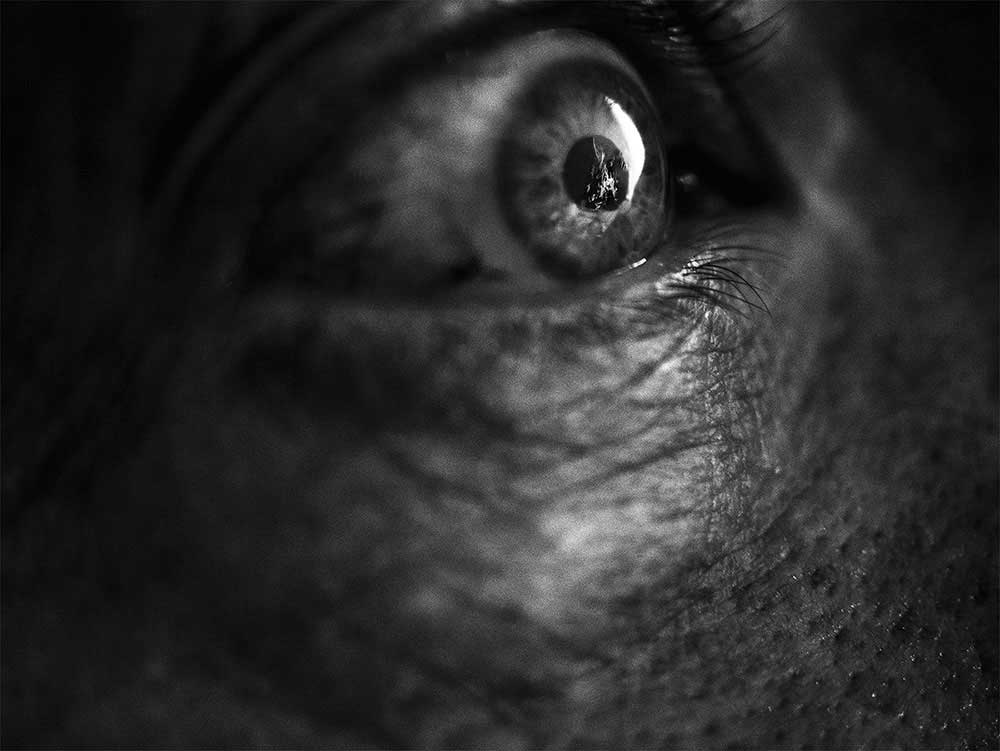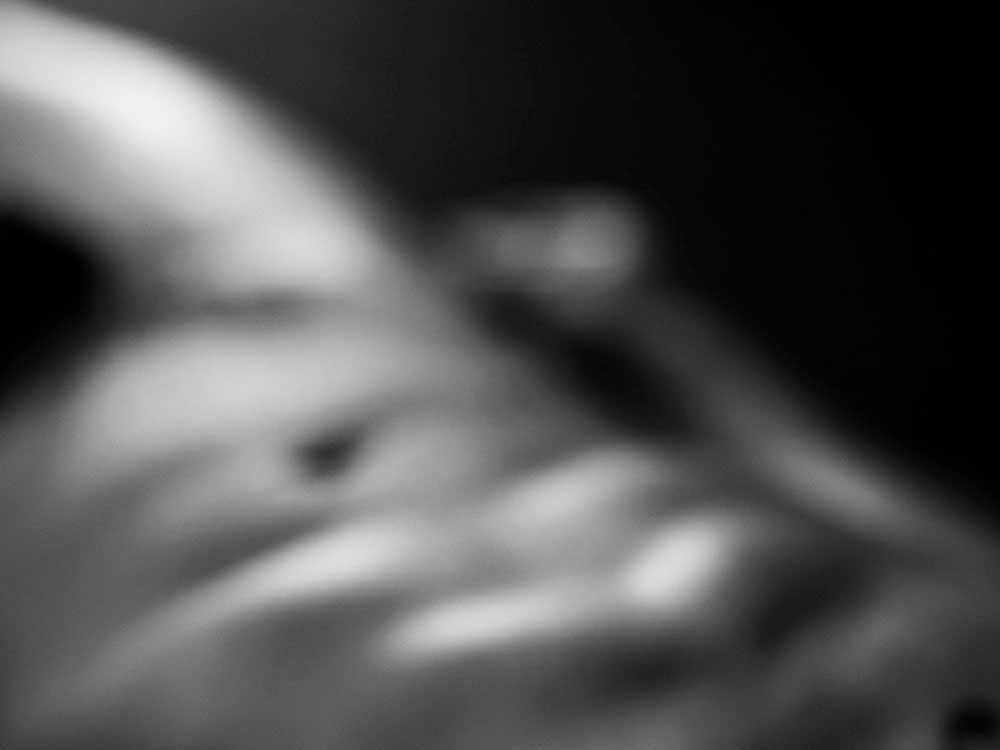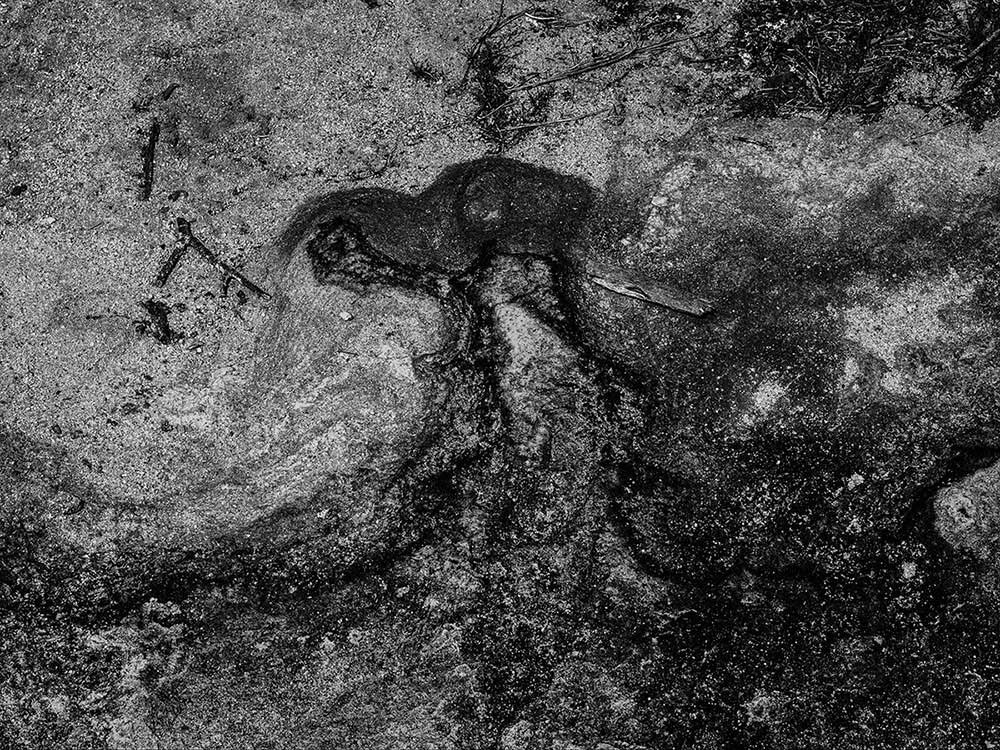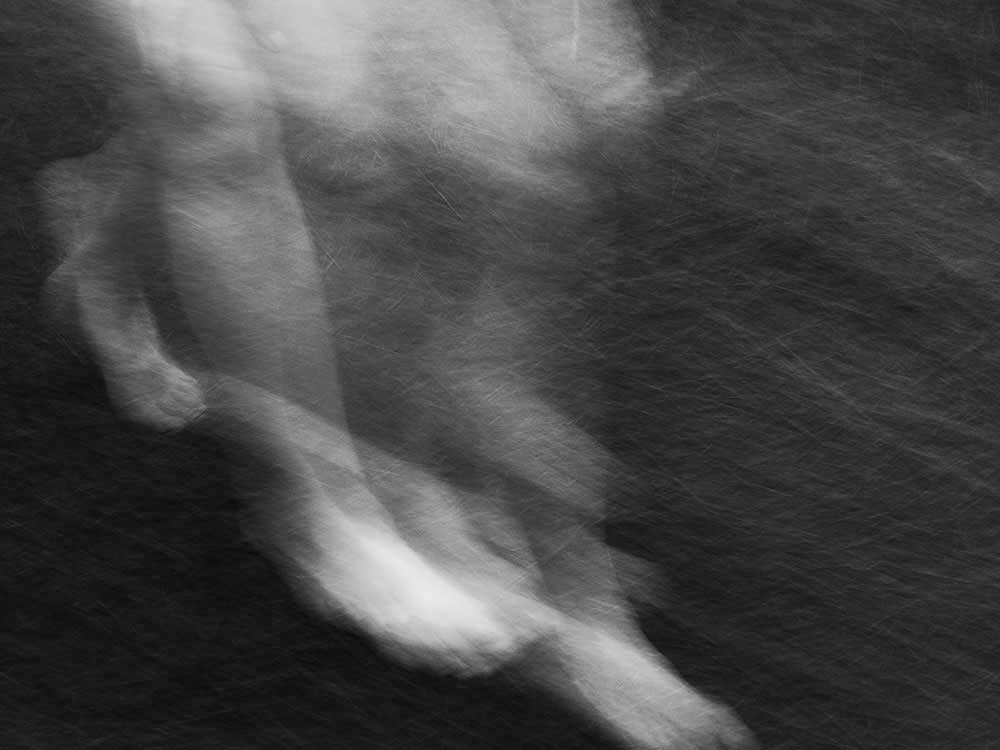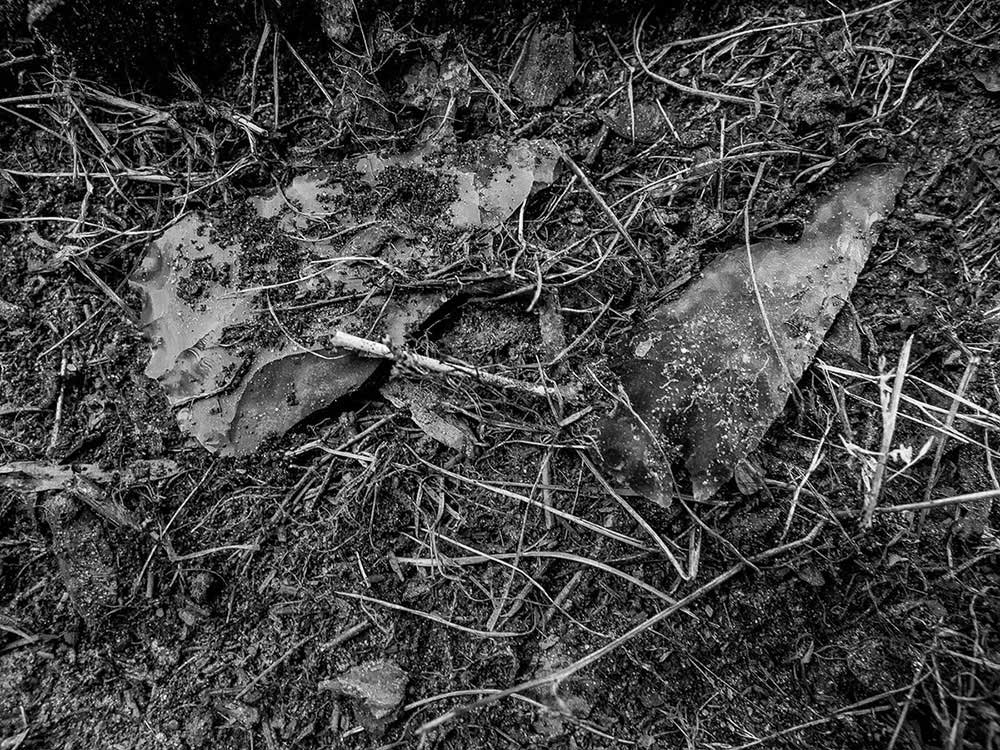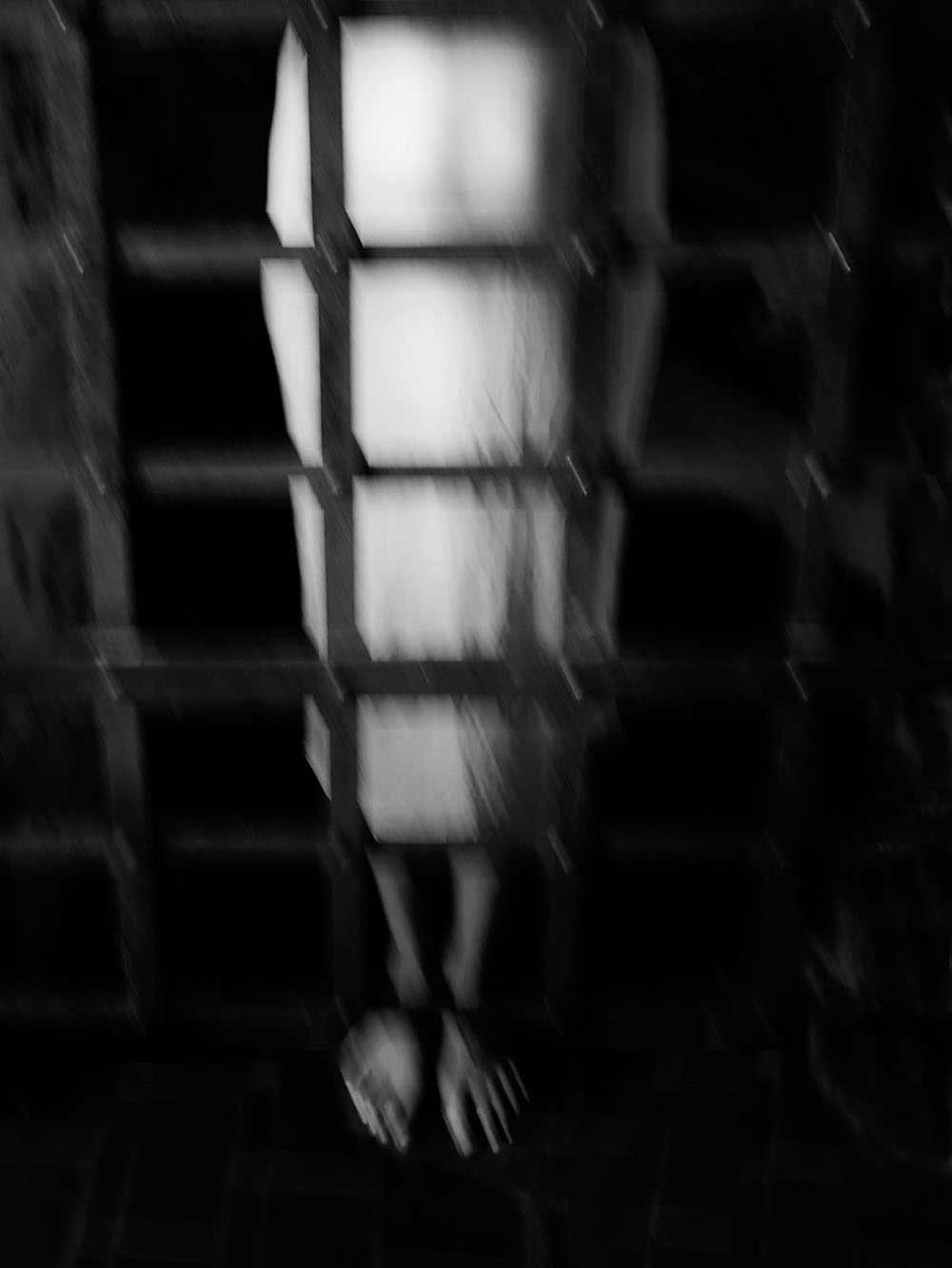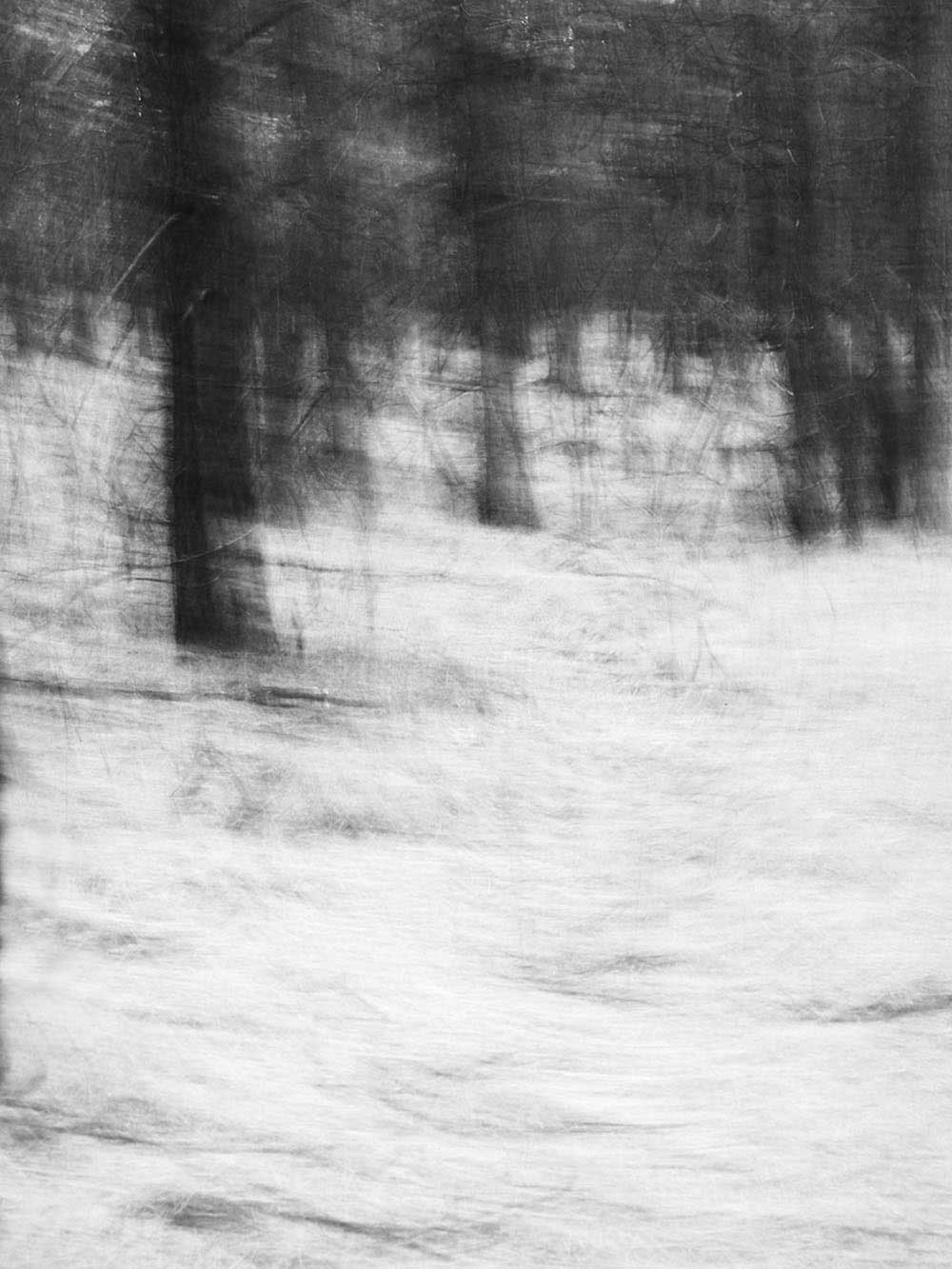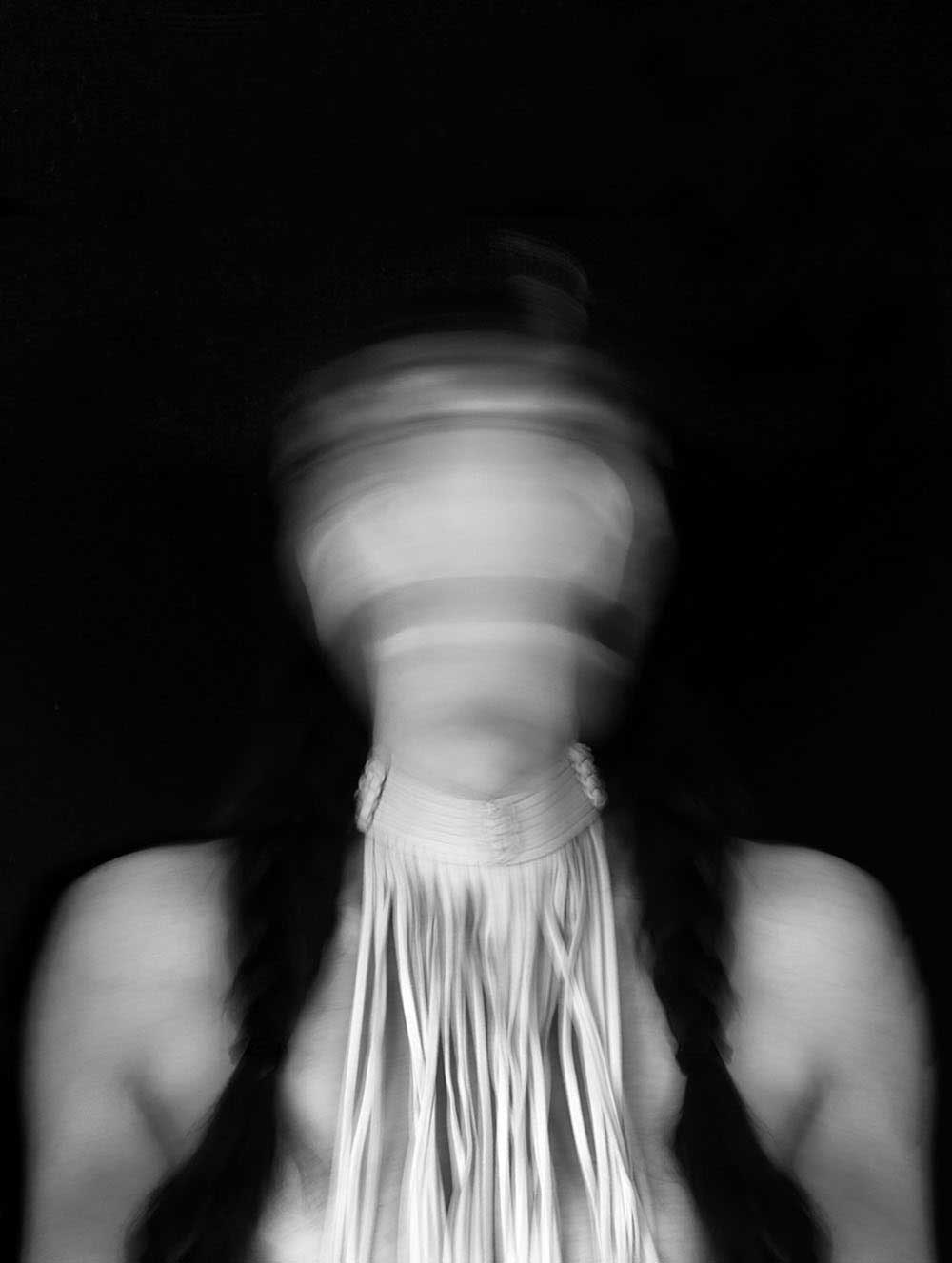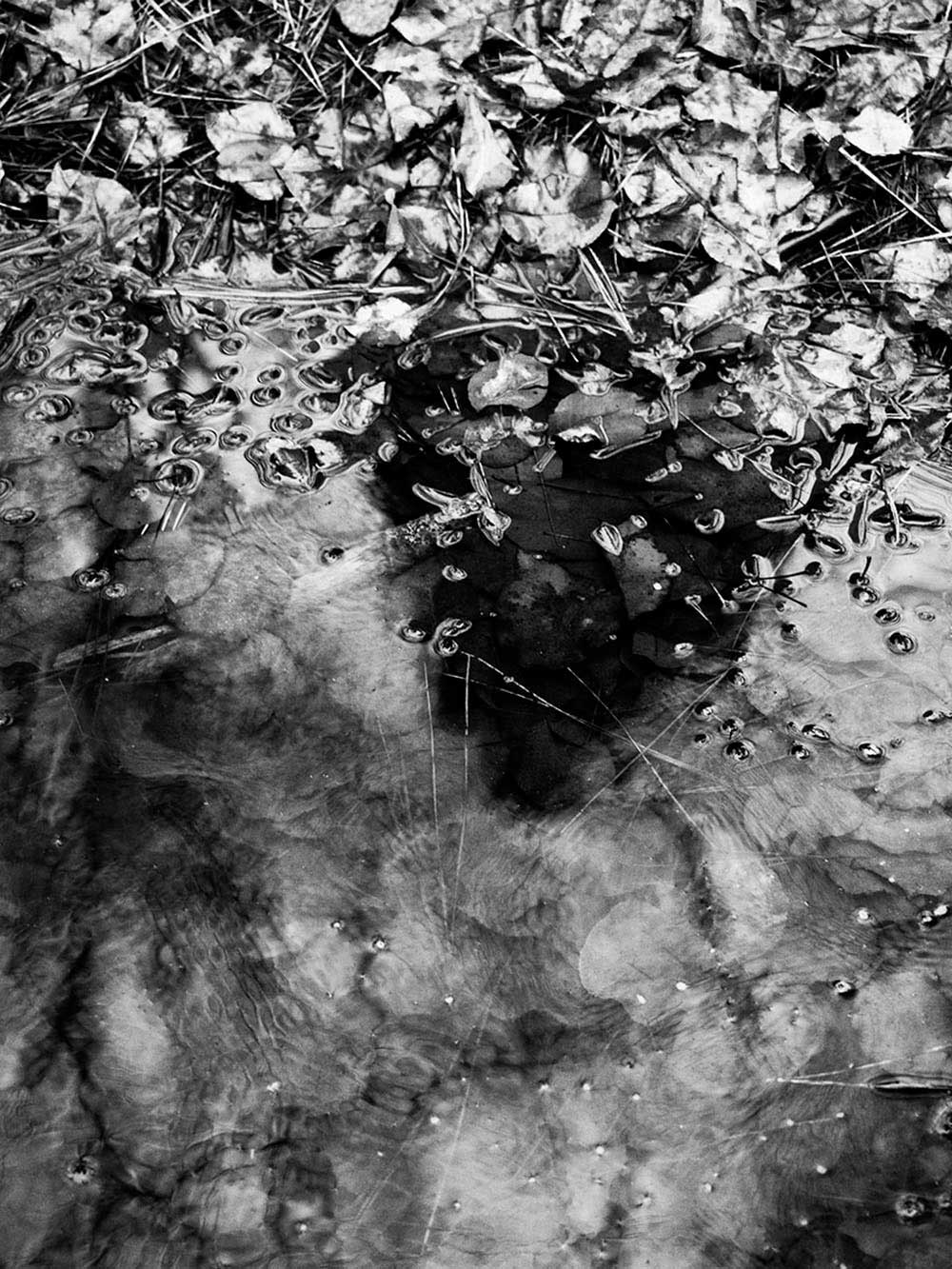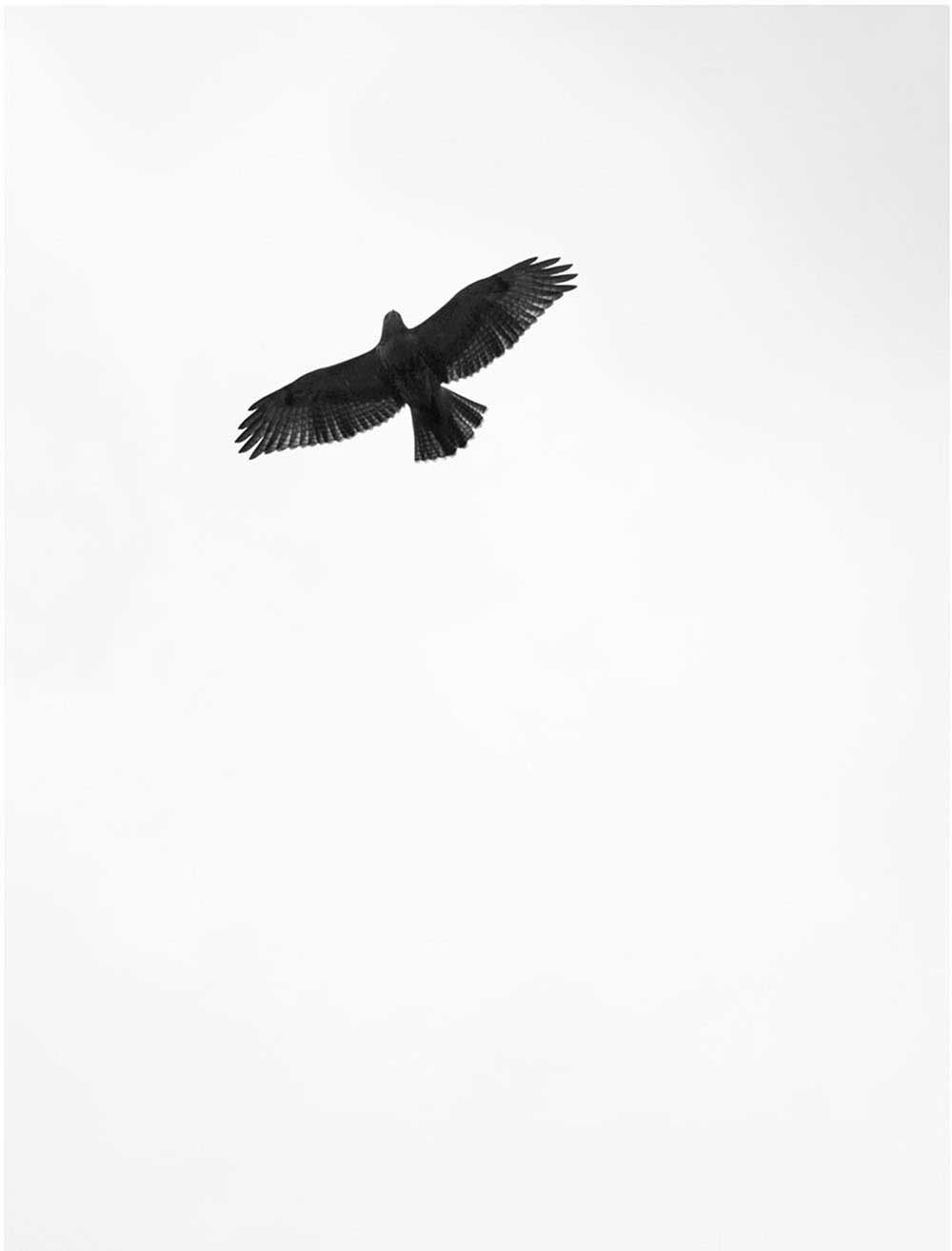In 1830 the Indian Removal Act was enacted.
President Jackson declared that Indian removal would “…Incalculably strengthen the southwestern frontier. Clearing Alabama, Georgia and Mississippi of their Indian populations would enable those states to advance rapidly in population, wealth, and power.”
Systematic hunts were made to force indigenous people from their ancestral land.
A Georgia volunteer, later a Colonel in the Confederate service, said, “‘I fought through the civil war and have seen men shot to pieces and slaughtered by the thousands, but the Indian removal was the cruelest work I ever knew.”
Following the signing of the Indian Removal Act of 1830 the American government began forcibly relocating East Coast tribes across the Mississippi. The removal included many members of the Cherokee, Muscogee (Creek), Seminole, Chickasaw, and Choctaw nations from their homelands to “Indian Territory” in eastern sections of the present-day Oklahoma. It was a 1,000-mile walk and took 116 days from Georgia, walking all day and only being allowed to stop at night to bury their dead.
Between the years of 1830-1838, 100,00 indigenous people were “removed” from their ancestral lands. Although, no one is sure the exact number, approximately 21,700 Muscogee and approximately 16,500 Cherokee were removed by 1831.
Not all indigenous people left in 1830, specifically the Cherokee. Many stayed, thinking that they would be allowed to live peacefully or have the ability to fight back (actually winning several legal battles against the removal order). However, the Georgia State government and Andrew Jackson, had plans for their land. Flyers began to circulate hailing “Indian Land For Sale”. White farmers flocked in droves to auctions of indigenous, ancestral land that was still, up to 1838, being occupied by its native people.
It was in 1838 that 7,000 US soldiers in Georgia enforced a final evacuation. The Cherokee, Creek, Shawnee and Choctaw villages were invaded and the people were forced to leave, at gunpoint, with only the clothing on their backs.
For the few who resisted, approximately 1,800, died while imprisoned for refusing to leave.
Historians such as David Stannard and Barbara Mann have noted that the army deliberately routed the march of the Cherokee to pass through areas of known cholera epidemics, such as Vicksburg. Stannard estimates that during the forced removal from their homelands, 8000 Cherokee died, about half the total population. Half of the Choctaw nation was wiped out and 1 in 4 Creek.
A Cherokee survivor of the trail told her granddaughter, “The winter was very harsh and many of us no longer had shoes. Our feet froze and burst, as we left bloody footprints in the snow. We were not allowed to stop to bury our dead. Many mothers carried their dead children, miles, until we stopped at nightfall. All night you could only hear digging.”
The deportation of indigenous tribes along the Trail of Tears was an act of genocide that has been conveniently forgotten today.
About Donna Garcia
Donna Garcia is a fine art photographer whose work elaborates on the idea of pulling away from a cultural grand narrative and towards a state of becoming and potential. Her work modulates against a fixed self and reflects a grounding in being. She creates images that аre indexical in nature not iconic – they are uncertain and indeterminate. The idea of time oscillation is throughout her work, and reads neither in one place nor another – destabilizing our perspective.
Her use of abstraction pulls the viewer forward into a new sovereignty, expanded possibility and towards the authenticity of an unbounded self.
Self-portraiture with motion and the idea of animism provide an indication of the other, a threat to the fixed position. It is a surplus threat to the perpetuity of the modern day super structure in defining elements like gender equality. Otherness is much more because it is grounded in being and is non-binary in nature. Her work is evocative and represents the trace of what is coming. [Official Website]
“I subjugate my personal bias of what’s real and allow myself to be absorbed into the formal structure of an image.”



